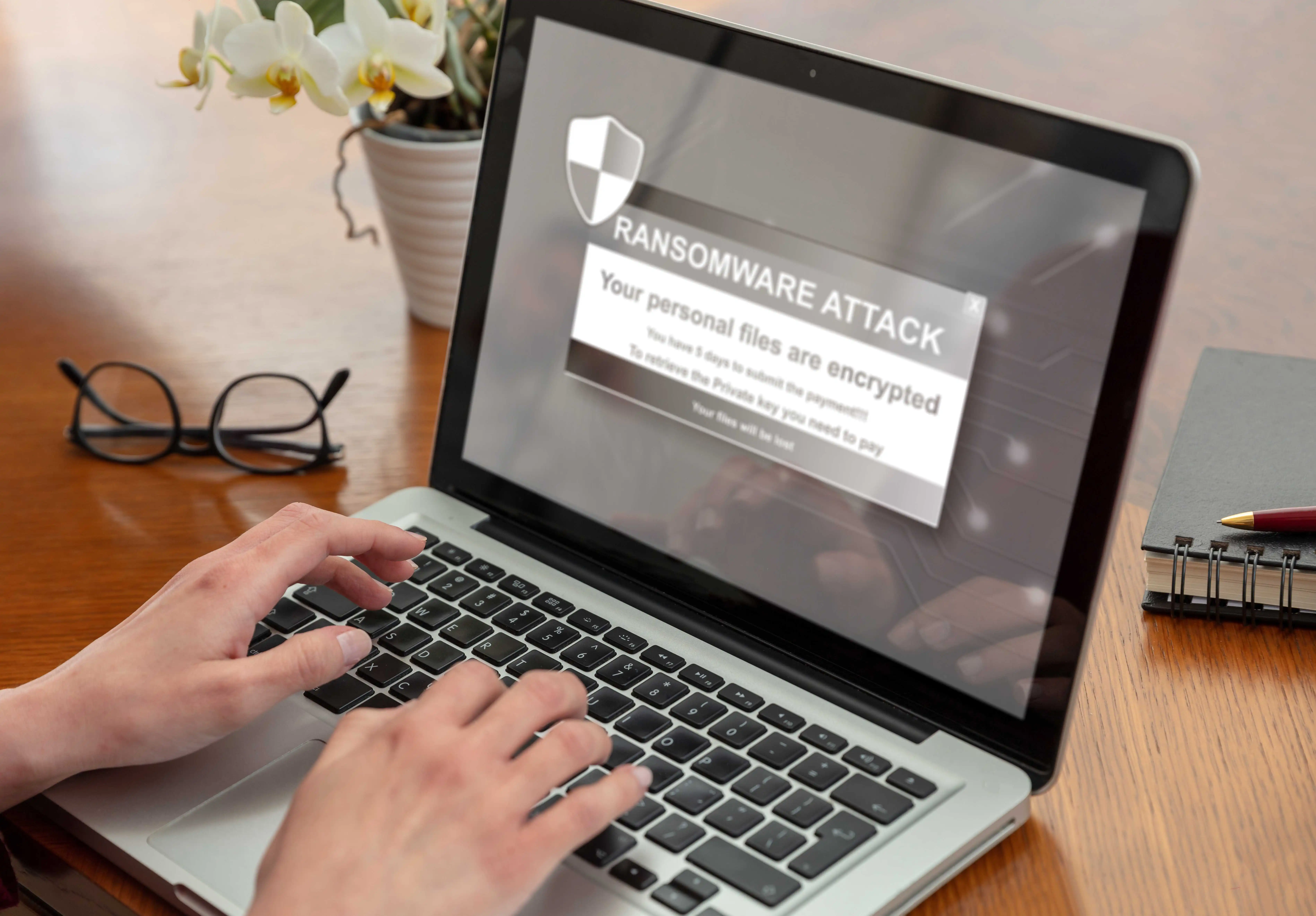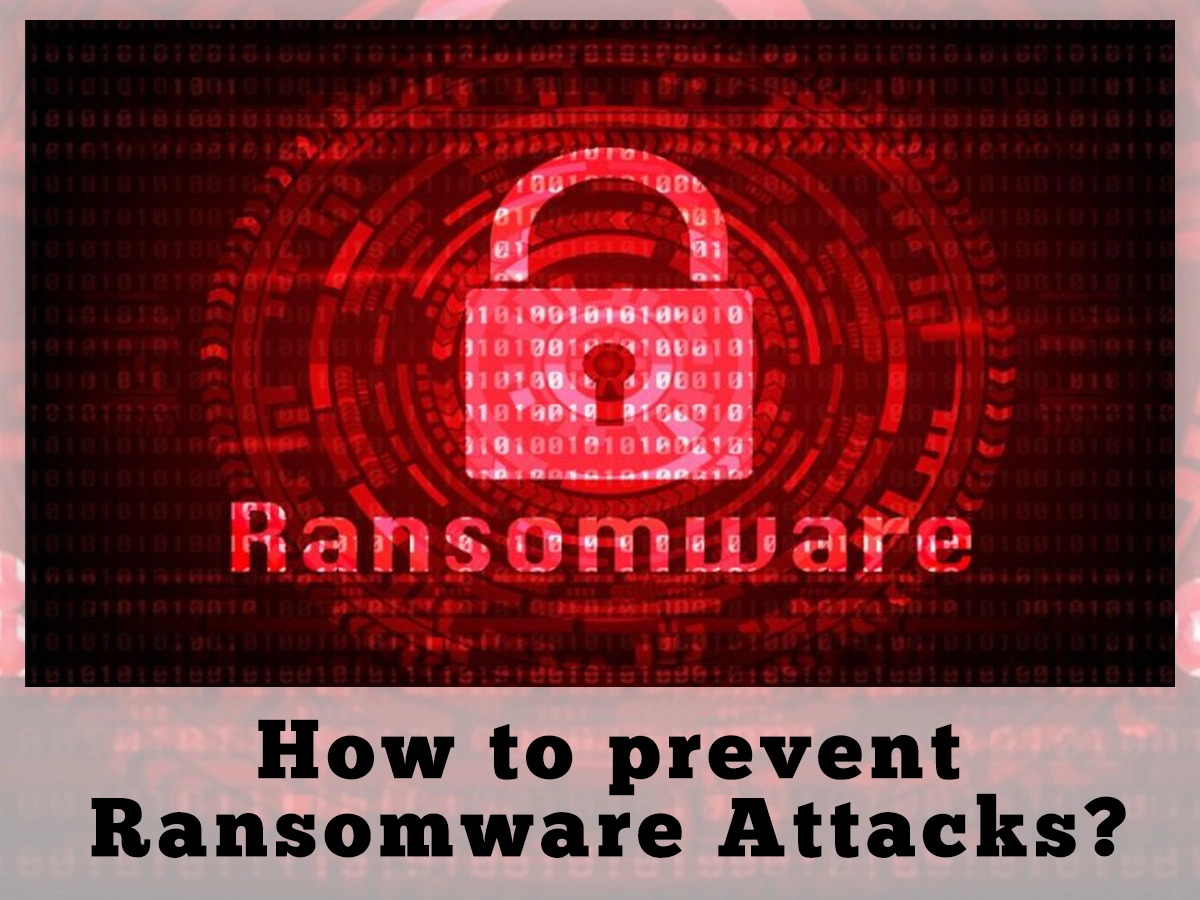Ransomware attacks are everywhere, from small businesses to large organizations to local government entities. It’s up to cybersecurity providers like IMAGINE IT to help prevent ransomware attacks from being successful.
With the advent of modern technology, many cybersecurity practices can help protect you from Ransomware – but before discussing that, let’s know a little bit more about Ransomware first.
Ransomware is malware that corrupts or changes file extensions and blocks access to a system or file until you pay a ransom to cybercriminals. Ransomware encrypts files on the endpoint, and threatens to erase or block system access. These attacks inflict much more harm when they affect hospitals, emergency call centers, or other critical infrastructure.
Cybersecurity Ventures, in their report, said that “a ransomware attack happened every 11 seconds in 2021, resulting in almost $20 billion in damages.” Also, 22 cities in Texas were hit by ransomware attacks not so long back, with attackers demanding $2.5 million to restore encrypted files, leading to a federal investigation. Another mind-boggling fact – an unbelievable 500 million ransomware attacks were reported in 2021.
Ransomware extortion schemes often target individuals, businesses, and large MNCs to pay the demanded sum to recover their data.
The most common ways people Ransomware can affect you are through:
- Phishing emails
- When you download malicious attachments or infected file extensions
- Visiting corrupted websites (drive-by downloading)
- Remote desktop protocol (RDP) attacks
- System and network vulnerabilities
Is your IT Security vulnerable? Can you be a potential target of a ransomware attacks?
A ransomware defense strategy should always be on your mind, and as an individual or company, you should always prioritize it. Without it, poorly protected users and organizations risk losing important and confidential information.
Several factors make you the target of a ransomware attack. Some are:
- There’s no proper backup plan
- Your devices are not state-of-the-art (or come with the latest security features)
- The device has outdated software
- Your browsers & OS are not patched
- Attention to cybersecurity is meager, and a concrete plan is not in place
Ways to prevent a Ransomware attack
To prevent Ransomware attacks, you should focus on giving your employees actionable security awareness training that makes them aware of the threat and educates, motivates, and empowers

them. Your employees must understand the facts about Ransomware and its profound, long-term impact on your outfit.
After the successful execution of a ransomware attack, there are not many good options for the affected company; they might even have to pay. The results are still devastating even if their systems are back online.
Therefore, companies should foster a culture of awareness that gives employees the means to protect themselves and the organization from these ransomware attacks.
Now, this is one of the most effective ways to prevent Ransomware; some other good ways to prevent these are:
1. Don’t Click the Link!
Well, you must have heard this one before – no doubt, but believe us when we tell you, it is worth repeating. Phishing emails were responsible for delivering a huge percentage of malware in the past few years. We humans don’t stop clicking the link, so, as fallible mortal humans, we should at least start being a little more skeptical of emails. And maybe that little skepticism drops the amount of malware we allow to infect our companies.
2. Email Security & Sandboxing
As discussed in the previous point, phishing emails are one of the most popular attack vectors for threat actors. A secure email gateway solution from IMAGINE IT will provide advanced multilayered protection against the full spectrum of email-borne threats. Also, sandboxing is great at providing an added layer of protection.
Emails that pass the email filter but come from unknown senders or contain unknown links or file types can be tested before reaching your network or mail server.
For more clarity, let’s look at a few different ways Ransomware infects our systems through email:
- Clicking on suspicious links leading to infected websites
- Downloading suspicious email attachments
- Social engineering or tricking users into exposing sensitive information
3. Always Backup Your Data
Backing up your data to a cloud server or an external hard drive is one of the easiest yet most effective risk mitigation practices. With readily available backups, the user can format the computer and reinstall the backup files in case of an attack. Organizations should follow the recommended practices and back up their most important data at least once daily.
A popular practice that all companies follow is the 3-2-1 rule. You’ll do well if you follow this by simply keeping 3 separate copies of your data on different storage types, but 1 copy should be offline.
4. Harden your endpoints
Always ensure your systems are configured with security in mind. Secure configuration settings are important as they help limit your organization’s threat surface. More importantly, these configurations also help close any security gaps left over from default configurations.
How to protect your company against Ransomware?

Ransomware attacks threaten not only individuals but companies, organizations, and all sorts of business outfits. Generally, large, lucrative companies fall victim to Ransomware, but cybercriminals also target small and medium-sized enterprises (SMEs). Business outfits with poor security systems are particularly attractive targets for attackers.
Let’s look at some more factors that should be taken into account by companies wanting to avoid ransomware infection:
1. Raise employee awareness
Employees who know what to look for will be vigilant against countering attacks. Try establishing a security protocol that enables users to assess whether an attachment, link, or email is trustworthy.
2. Be prepared
Always ensure that there’s a plan in case of ransomware infection.
-
Staying up-to-date
With the operating software upgrading regularly, always stay up-to-date, especially in the corporate environment. As we have seen in the past, companies that neglect this area are particularly vulnerable to ransomware attacks.
-
Consider cloud technologies
Invest in cloud technologies if you haven’t done so already. The advantage cloud storage systems provide over on-premise systems is that vulnerabilities in cloud-based architectures are not easy for cybercriminals to exploit. Additionally, cloud storage solutions allow you to restore older versions of your files, meaning that if Ransomware encrypts the files, you should be able to return to an unencrypted version using cloud storage.
Let’s wrap it up
Despite ransomware attacks being a continuous threat, organizations are hardly helpless. They might need to rethink, reorganize, and invest in security.
Security software and managed IT services from IMAGINE IT can provide significant protection against ransomware attacks. So, get in touch with us now.





